Press Brake Tools for Stainless Steel
Introduction
Are you tired of scrapped stainless steel parts and wasted time? Over 30% of stainless steel bending failures stem from using the wrong tools. Cracking on tight radii, frustrating springback that throws off your dimensions, and premature tool wear that eats into your profits – these are just a few of the headaches you might be facing. This guide will equip you with the knowledge to select the best press brake tools for stainless steel, minimizing defects, maximizing efficiency, and achieving consistently high-quality bends.
Why Stainless Steel is Challenging to Bend
Stainless steel is a popular material for a wide range of applications, but its unique properties can make it challenging to bend accurately and efficiently. Understanding these challenges is the first step towards achieving perfect bends.
Material Properties
High Strength and Hardness: Stainless steel’s high tensile strength and hardness require more force to bend compared to mild steel. This increased force can lead to tool wear and deformation if the wrong tooling is used.
Work Hardening: Stainless steel work hardens as it’s deformed, meaning it becomes even stronger and harder. This can make subsequent bends more difficult and increase the risk of cracking.
Springback Tendencies: Stainless steel has a high springback tendency, meaning it tends to return to its original shape after being bent. This can make it difficult to achieve the desired bend angle and requires careful compensation.
Common Issues:
Cracking on Tight Radii: Bending stainless steel around tight radii can cause cracking, especially if the material is not properly annealed or if the wrong tooling is used.
Surface Scratches and Tool Wear: The abrasive nature of stainless steel can cause surface scratches on the workpiece and accelerate tool wear, leading to reduced accuracy and increased costs.

Industry Applications:
Automotive (exhaust systems, chassis): Precise bending is crucial for creating durable and efficient exhaust systems, improving vehicle performance and reducing emissions.
Aerospace (structural components): High-strength stainless steel components require accurate bending to ensure structural integrity and safety in demanding aerospace applications.
Food Processing (sanitary equipment): Stainless steel’s corrosion resistance and hygienic properties make it ideal for food processing equipment. Accurate bending is essential for creating smooth, seamless surfaces that are easy to clean and sanitize.
Types of Press Brake Tools for Stainless Steel
Choosing the best press brake tooling is essential for successful stainless steel bending. Here’s an overview of the most common tool types and their applications:
V-Dies:
Description: V-dies are the most common type of die used for standard 90° bends. They consist of a V-shaped opening that supports the workpiece during bending.
Recommended V-opening: 6–12x material thickness. This range provides adequate clearance for the material to bend without excessive pressure, reducing the risk of cracking and ensuring a clean bend.
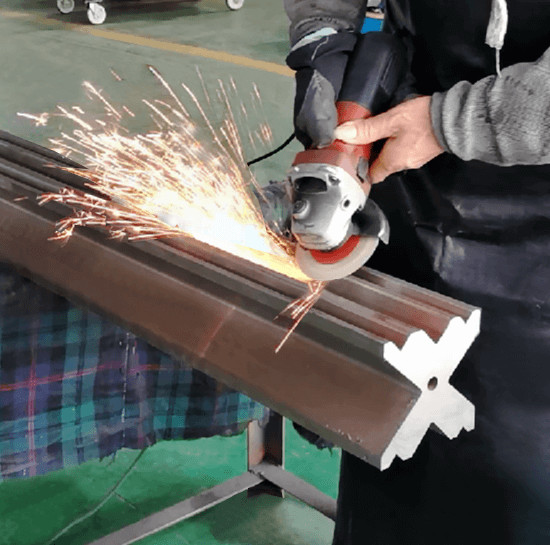
Radius Dies:
Description: Radius dies have a rounded profile that creates large-radius bends. They are ideal for forming cylindrical parts and reducing the risk of cracking.
Benefits: The larger radius reduces stress concentration, minimizing the risk of cracking, especially in thicker stainless steel.
Gooseneck Punches:
Description: Gooseneck punches have a curved shape that allows for complex bends and tight clearances.
Benefits: Their unique shape prevents tool interference, allowing you to create intricate designs without damaging the workpiece or the tooling.
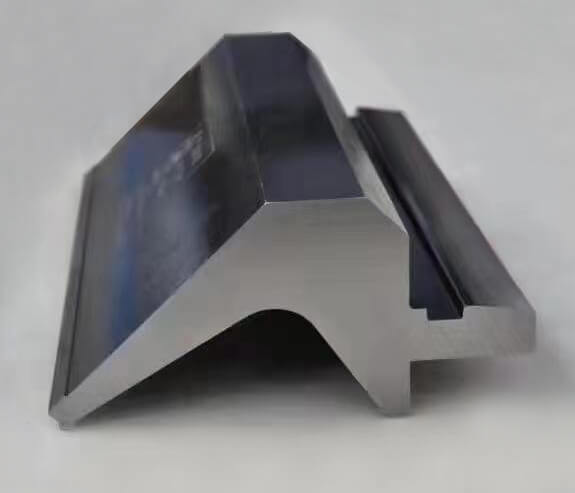
Acute Angle Dies:
Description: Acute angle dies are
used for creating sharp bends (30°–60° angles).
Benefits: These dies overbend the material slightly to compensate for springback, resulting in a more accurate final bend angle.
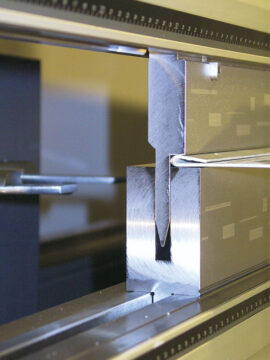
Expert Tips for Choosing the best press brake Tooling
Selecting the right press brake tooling for stainless steel bending requires careful consideration of several factors:
Material Thickness: The thicker the stainless steel, the more force will be required to bend it, and the more robust your tooling needs to be.
Bend Radius: Tight radii require specialized tooling to prevent cracking. Consider using radius dies or segmented tooling for these applications.
Bend Angle: Different bend angles require different die angles. Use acute angle dies for sharp bends and standard V-dies for 90° bends.
Tool Material: Choose tooling made from high-quality materials that are resistant to wear and deformation. Tool steel and carbide are popular choices for stainless steel bending.
Coating: Consider using coated tooling to reduce friction and prevent galling (a form of adhesive wear).
Minimizing Springback in Stainless Steel Bending
Springback is a common challenge in stainless steel bending. Here are some tips for minimizing its effects:
Overbending: Overbend the material slightly to compensate for springback. The amount of overbending will depend on the material properties, bend angle, and tooling used.
Coining: Coining involves pressing the material into the die with high force to permanently set the bend. This can reduce springback but may also cause thinning of the material.
Bottom Bending: Bottom bending involves pressing the material against the bottom of the die, which can also reduce springback.
Adjusting Bend Parameters: Experiment with different bend parameters, such as bend speed and dwell time, to find the optimal settings for minimizing springback.
Maintaining Your Press Brake Tooling
Proper maintenance is essential for extending the life of your press brake tools and ensuring accurate bending. Here are some tips:
Regular Cleaning: Clean your tools regularly to remove debris and prevent corrosion.
Lubrication: Lubricate your tools to reduce friction and prevent wear.
Inspection: Inspect your tools regularly for signs of damage or wear.
Sharpening: Sharpen your punches and dies as needed to maintain their cutting edges.
Storage: Store your tools properly to protect them from damage and corrosion.
Conclusion
Choosing the best press brake tooling for stainless steel bending is crucial for achieving perfect bends, minimizing defects, and maximizing efficiency. By understanding the challenges of bending stainless steel and following the expert tips outlined in this guide, you can optimize your bending process and achieve consistently high-quality results.
Ready to take your stainless steel bending to the next level? Contact us today for a free consultation on selecting the best press brake tooling for your specific needs!


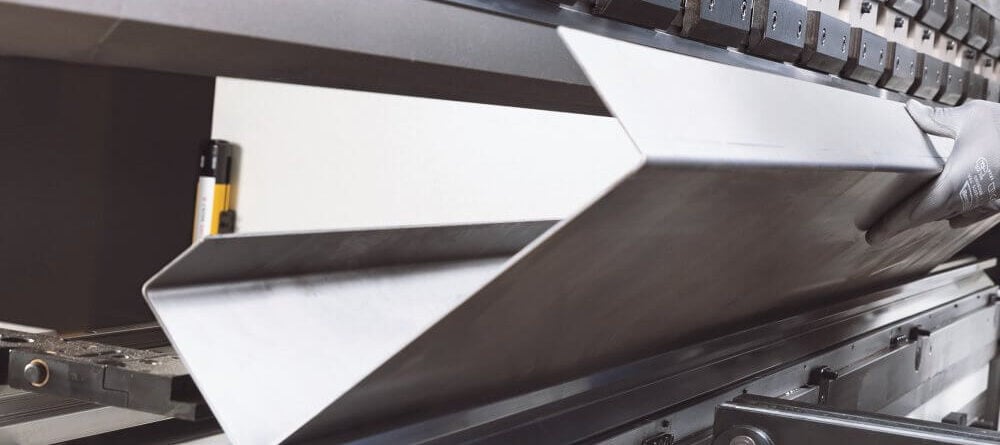
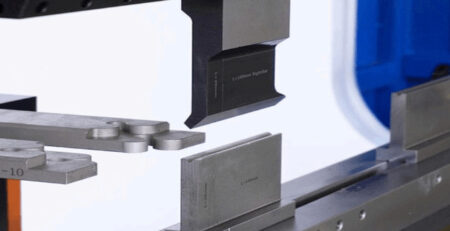

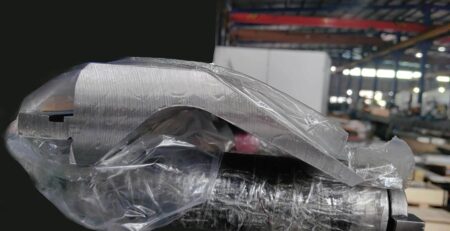
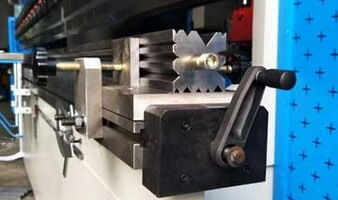
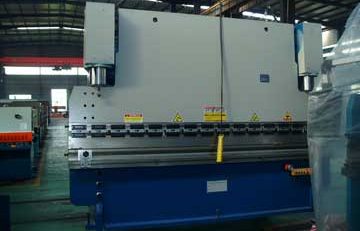
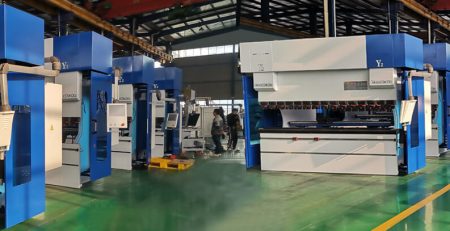
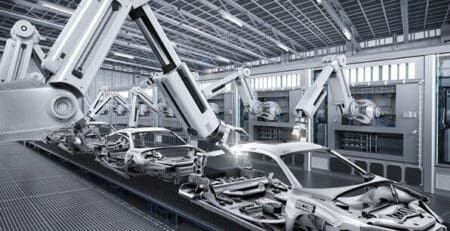
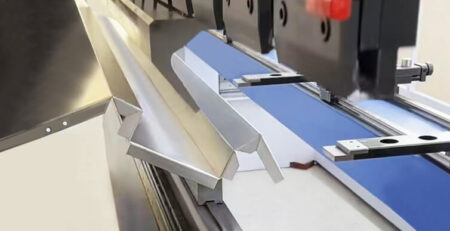
Leave a Reply